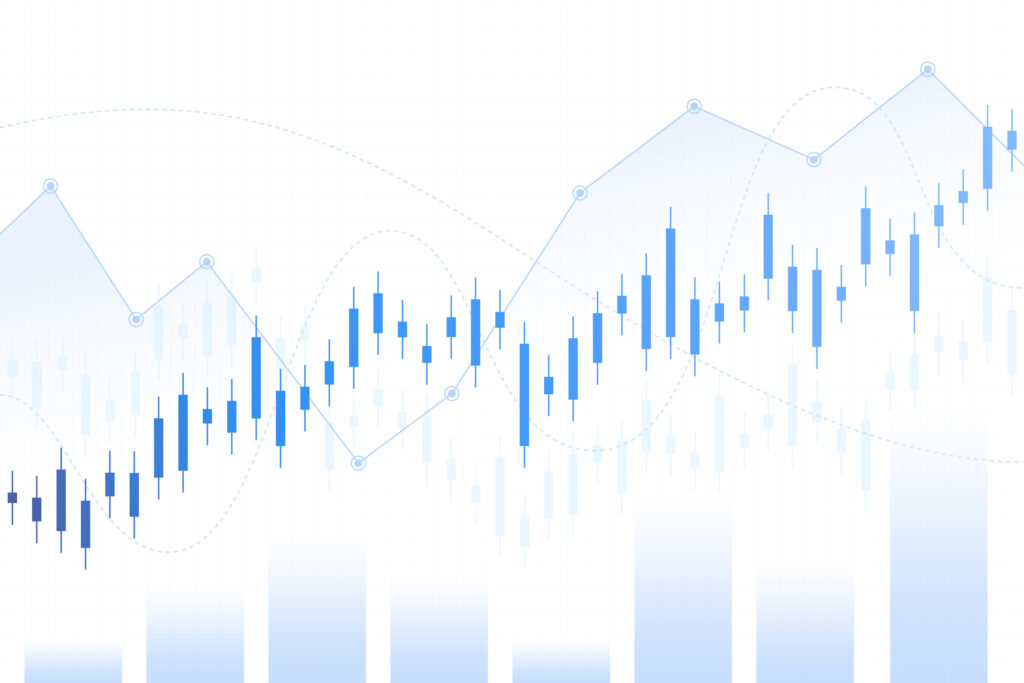Table of Contents
Introduction: The Pulse of Wall Street
The stock market is a dynamic entity, influenced by a myriad of factors ranging from economic indicators to geopolitical events. Understanding the key movers and sectors that drive Wall Street’s momentum is crucial for investors aiming to make informed decisions. This article delves into the current landscape of the stock market, highlighting significant players and sectors that are shaping its trajectory.
1. Major Indices: A Snapshot
The three primary indices—Dow Jones Industrial Average (DJIA), S&P 500, and Nasdaq Composite—serve as barometers for the overall health of the U.S. stock market.
Dow Jones Industrial Average (DJIA): Comprising 30 large-cap companies, the DJIA provides insights into the performance of established industries.
S&P 500: Encompassing 500 companies across various sectors, the S&P 500 offers a broader view of the market’s performance.
Nasdaq Composite: Heavily weighted towards technology and growth stocks, the Nasdaq reflects the performance of innovative and high-growth companies.
Recent trends indicate fluctuations across these indices, influenced by factors such as interest rate changes, corporate earnings, and global economic conditions.
2. Sector Performance: Leaders and Laggards
Analyzing sector performance provides deeper insights into which areas of the economy are thriving or facing challenges.
Technology: The tech sector continues to be a significant driver of market momentum, with companies in cloud computing, artificial intelligence, and cybersecurity leading the charge.
Healthcare: Pharmaceuticals and biotech firms have shown resilience, especially those involved in innovative treatments and vaccines.
Financial Services: Banks and financial institutions are experiencing varied performance, influenced by interest rate policies and economic outlooks.
Consumer Discretionary: Retailers and consumer-focused companies are navigating changing consumer behaviors and supply chain challenges.
Understanding these sector dynamics helps investors identify potential opportunities and risks within the market.
3. Key Movers: Stocks Making Headlines
Individual stocks can significantly impact market sentiment and indices. Identifying key movers provides insights into investor confidence and emerging trends.
Top Gainers: Companies that have reported strong earnings, launched innovative products, or received positive analyst coverage often see their stock prices surge.
Top Losers: Conversely, firms facing regulatory challenges, disappointing earnings, or negative news may experience stock price declines.
Monitoring these movements aids in understanding market volatility and investor behavior.
4. Economic Indicators: Influencing Market Momentum
Macroeconomic indicators play a pivotal role in shaping market trends.
Interest Rates: Decisions by the Federal Reserve regarding interest rates can influence borrowing costs and investment strategies.
Inflation Data: Rising inflation can erode purchasing power and impact corporate profitability.
Employment Figures: Job creation and unemployment rates provide insights into economic health and consumer spending potential.
Investors closely watch these indicators to anticipate market movements and adjust their portfolios accordingly.
5. Global Events: External Influences on Wall Street
Global events, including geopolitical tensions, trade agreements, and international economic policies, can have ripple effects on the U.S. stock market.
Trade Relations: Negotiations and disputes between major economies can affect multinational companies and supply chains.
Geopolitical Tensions: Conflicts or political instability in key regions can lead to market uncertainty and volatility.
Global Economic Trends: Economic slowdowns or growth in other countries can influence investor sentiment and capital flows.
Staying informed about these global factors is essential for a comprehensive understanding of market dynamics.














